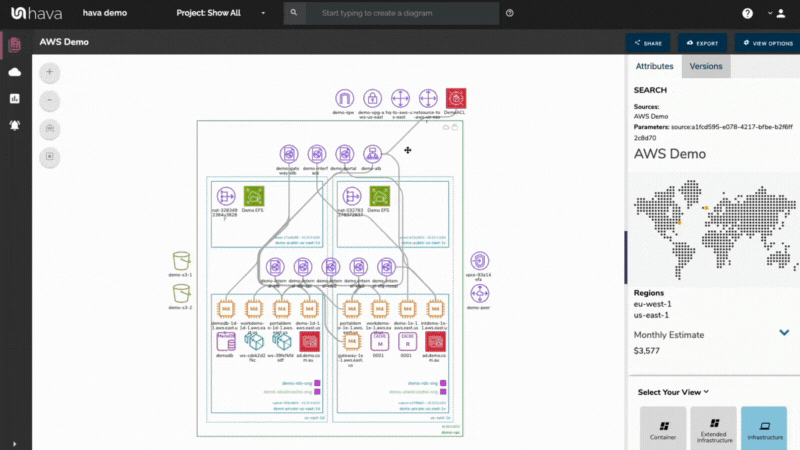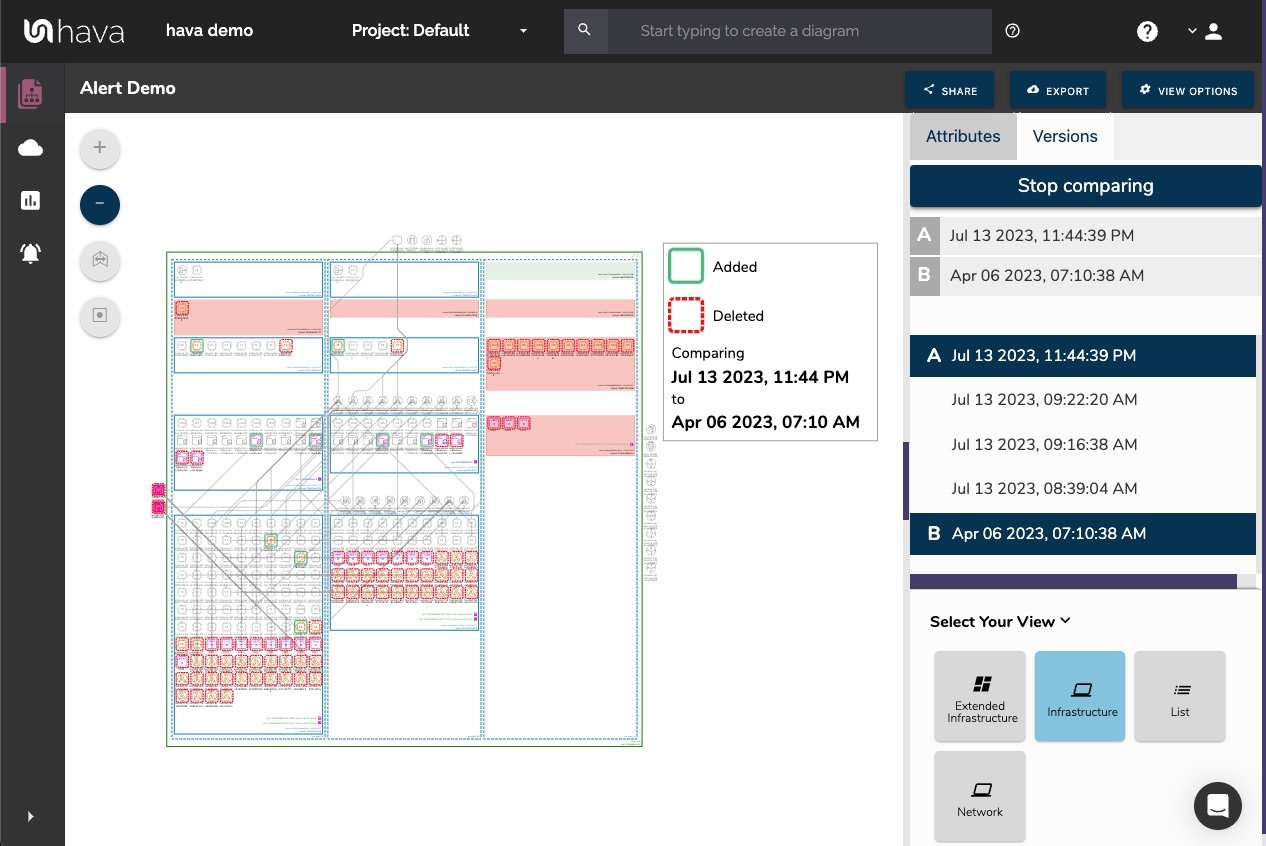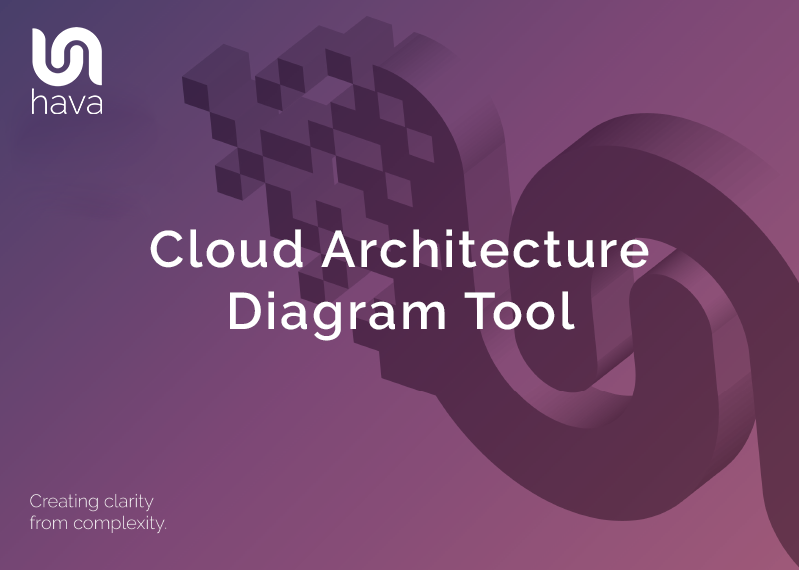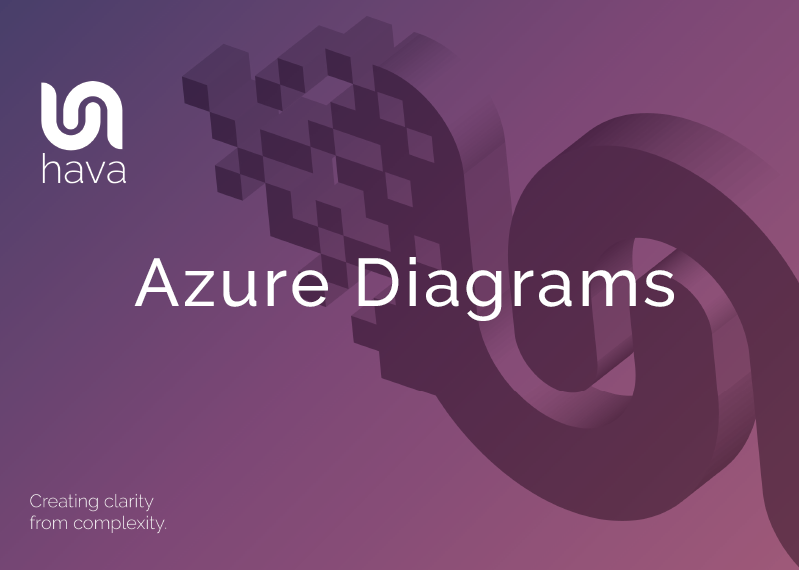
The Essential Guide to Architectural Review Boards in Enterprise Cloud Computing
As enterprise I.T. moves en-masse to the cloud, the establishment of an Architectural Review Board (ARB) has become a cornerstone of effective IT governance. An ARB not only ensures that projects align with an organization's strategic objectives but also plays a pivotal role in maintaining compliance with frameworks like SOC 2, thereby safeguarding the organization's data and technology assets.
This comprehensive guide delves into the multifaceted role of ARBs, highlighting their importance in IT governance, architecture strategy, compliance, informing key stakeholders and organizational strategy. If you are looking for an Architecture Review Board Checklist you can find one here.
Understanding the Architectural Review Board
An Architectural Review Board is a governance body within an organization tasked with overseeing the architectural aspects of IT major projects, especially those related to cloud computing. The ARB ensures that IT initiatives are in alignment with the organization's business goals, adhere to technology standards, and meet compliance requirements.
It is instrumental in promoting standardized technology stacks, architectures, development standards and best practices across all cloud projects to ensure efficiency, security, and interoperability across project teams.
Key Responsibilities of an Architecture Review Board
- Strategic Alignment: Ensuring cloud computing initiatives align with the organization's strategic objectives.
- Standardization and Best Practices: Promoting the use of standardized technology and architectures.
- Risk Management: Identifying and mitigating potential risks related to security, compliance, performance, and scalability.
- Guidance and Advisory: Providing expert guidance on architectural decisions, target architecture and cloud service provider selection to the senior leadership team ensuring solutions align.
The Role of ARBs in SOC 2 Compliance
Compliance with frameworks like SOC 2 is crucial for organizations that handle customer data. The ARB plays a critical role in ensuring compliance through:
- Policy Development: Developing and enforcing policies and procedures that align with SOC 2's trust service principles.
- Security Management: Incorporating security controls to protect against unauthorized access and data breaches.
- Vendor Evaluation: Evaluating cloud services and third-party vendors to ensure they comply with SOC 2 requirements.
- Change Management: Overseeing technically complex projects and changes to IT systems to maintain compliance and architecture principles.
Organizational Governance and the ARB
Establishing an ARB goes beyond technical oversight; it involves strategic considerations that align with the organization's culture, architectural and design principles and governance practices.
- Strategic Alignment and Innovation
An effective ARB aligns IT projects with business objectives, ensuring that technological innovations drive business value within the boundaries of architecture baseline, architectural standards and compliance requirements
- Organizational Structure and Culture
The ARB should foster a culture that values governance and architectural coherence, involving stakeholders from various departments to ensure a holistic approach to IT governance process.
- Processes and Practices
Clear mandates, transparency, agility, the ability to maintain target architecture and flexibility in the ARB's processes are essential for effective governance. The ARB should not become a bottleneck but rather support rapid decision-making and adaptability.
- Performance Measurement
Establishing success metrics and feedback loops is crucial for continuous improvement. The ARB should evaluate its impact on IT projects and business outcomes, using stakeholder feedback to refine its processes.
- Knowledge Management
Continuous learning and knowledge sharing are vital. The ARB must stay informed about emerging technologies and regulatory requirements, maintaining comprehensive documentation of architectural standards and decisions.
- Legal and Regulatory Compliance
Expertise in legal and regulatory compliance, especially in data privacy and security, is essential for the ARB. This ensures that architectural decisions comply with laws and regulations, protecting the organization from legal and reputational risks.
Best Practices for Establishing an Effective Architecture Review Board.
To maximize the benefits of an Architectural Review Board, organizations should adhere to several best practices:
1. Define Clear Objectives: Establish clear goals for the ARB that align with the organization's strategic objectives quality assurance and IT governance framework.
2. Ensure Cross-functional Representation: Include members from various functional areas, not just IT, to ensure diverse perspectives and alignment with business needs.
3. Promote Transparency and Communication: Make the Architecture Review Boards processes and decisions transparent, fostering open communication with stakeholders across the organization.
4. Balance Innovation with Governance: Encourage innovation within the framework of architectural standards and compliance requirements, ensuring that governance supports rather than stifles creativity where teams want to promote architecture during technical feasibility studies.
5. Implement Continuous Improvement: Regularly review and refine the ARB's processes, metrics, and performance to ensure it remains effective and aligned with proposed initiatives and organizational goals.
The Architecture Review Board for enterprise cloud is a critical component of IT governance in the age of cloud computing, playing a key role in ensuring strategic alignment across project teams, compliance, and risk management.
By fostering a culture of governance, transparency, and continuous improvement, an ARB can help organizations navigate the complexities of digital transformation, ensuring that IT initiatives deliver maximum business value with other key stakeholders while adhering to compliance and security standards.
As cloud technologies continue to evolve, the ARB's role in guiding architectural decisions becomes increasingly vital, making it an indispensable part of modern IT governance frameworks. Well informed decisions amongst permanent members assess ad-hoc activities as well as ongoing activities can address top concerns taking ownership of the big picture when
Incorporating these insights and best practices into your organization's approach to establishing an ARB will not only enhance your IT governance but also position your organization for success in the competitive and ever-changing landscape of enterprise cloud computing.
Architectural Cloud Visualization for Architecture Review Board Members
As we've discussed, an Enterprise Architecture Board (ARB) plays a crucial role in overseeing and guiding the architectural decisions within an organization. This board ensures that such decisions align with the company's strategic goals, keep key stakeholders informed, comply with regulatory requirements, and optimize performance and cost. Leveraging a tool like Hava.io can significantly enhance the Architecture Review Boards effectiveness in several key areas:

1. Real-Time Architecture Visualization
- Strategic Alignment: Hava.io provides ARB members with an automated, real-time visualization of the enterprise's cloud architecture across AWS, Azure, and GCP. This enables the board to assess whether the current cloud infrastructure shown on each architecture diagram aligns with the organization's strategic objectives and architectural and design standards.
- Complexity Management: As enterprises scale, their cloud environments become increasingly complex. Hava.io's diagrams offer a clear and concise view of complex systems, making it easier for the ARB to understand and manage comprehensive architecture without tying up expensive engineers or consultants that would need to spend days mapping out complicated cloud environments.
2. Change Management and Version Control
- Impact Analysis: Before implementing any changes, the ARB can use Hava.io to visualize the potential impact on the existing cloud architecture. This aids in proactive risk management and ensures that changes contribute positively to the organization's goals.
- Historical Tracking: Hava.io maintains a version history of cloud environments, allowing the ARB to track changes over time. This feature is invaluable for auditing purposes and for understanding the evolution of the cloud architecture. What changes have been made since the last time the ARB met? Hava's revision comparison diagrams can show you exactly what has changed.

3. Compliance and Security Oversight
- Compliance Verification: Hava.io's diagrams can help the ARB verify that the cloud architecture complies with relevant industry standards and regulatory requirements. The tool's ability to visualize security groups and configurations aids in identifying potential compliance gaps.
- Security Posture Assessment: The ARB can leverage Hava.io to assess the organization's security posture continually. By providing a detailed view of the network configurations and security mechanisms in place, Hava.io enables the ARB to identify vulnerabilities and enforce security best practices. This is critically important when working with temporary teams, new technology specific tasks that are scheduled periodically or existing architectures or hybrid sub architectures
4. Cost Optimization and Resource Utilization
- Resource Optimization: Hava.io offers insights into resource utilization, helping the ARB identify underutilized or redundant resources. This information is crucial for optimizing cloud spend and ensuring efficient resource allocation.
- Budget Oversight: By providing a clear view of the cloud architecture and its associated costs, Hava.io enables the ARB to make informed decisions about budget allocations and cost-saving measures.
5. Facilitating Collaboration and Communication
- Stakeholder Engagement: Hava.io's interactive diagrams serve as a communication tool, facilitating discussions between the ARB, IT teams, and other stakeholders. This shared understanding helps align efforts and fosters a collaborative approach to enterprise architecture management.
- Documentation and Reporting: The automated documentation feature of Hava.io ensures that the ARB has access to up-to-date architectural diagrams for reporting, presentations, and decision-making processes.
Conclusion
For an Enterprise Architectural Review Board, Hava.io offers a powerful platform to enhance visibility of target architecture, manage change, ensure compliance and security, optimize costs, and facilitate effective collaboration.
By integrating Hava.io into their workflow, the ARB can significantly improve its oversight capabilities by generating network architecture diagrams, making more informed decisions that drive the organization towards its strategic objectives while maintaining agility and resilience in its cloud architecture.






